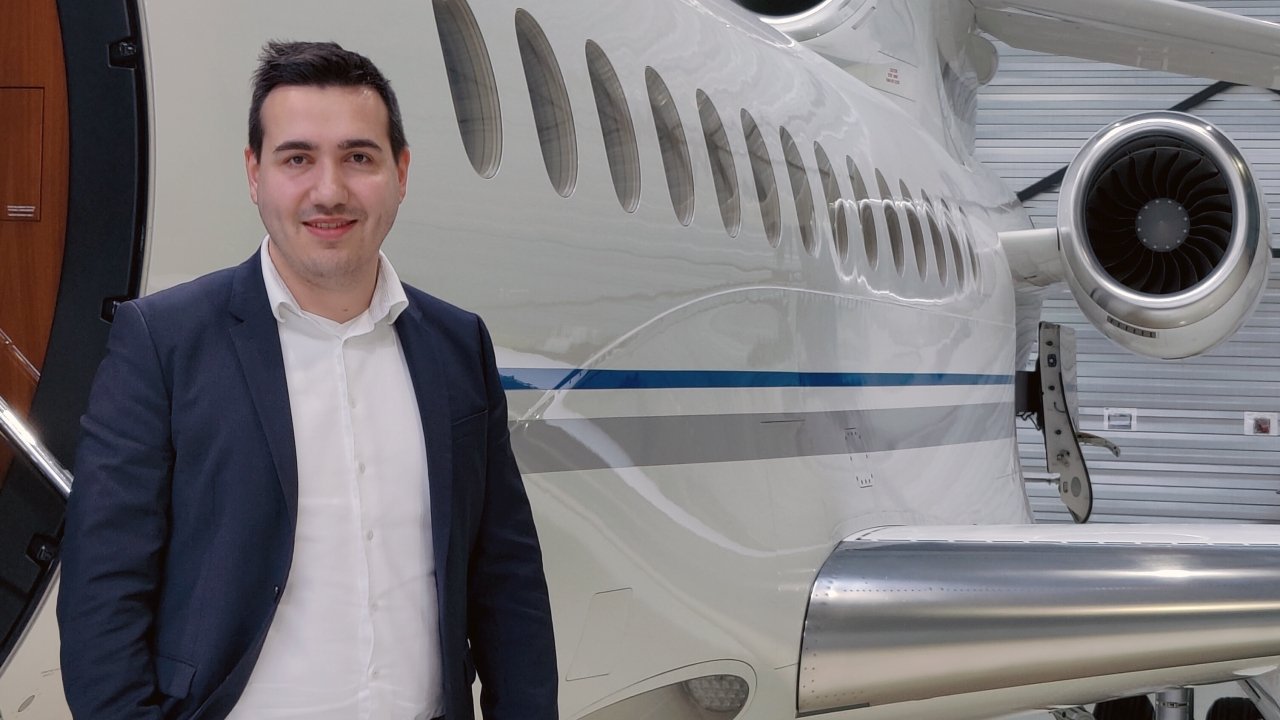White paper profiles Middle Eastern private jet owner
A new white paper from global wealth intelligence authority Wealth-X and the international business aviation consultancy reveals keen insights about ultra-high-net worth (UHNW) Middle Eastern private jet owners, reports Barbara Saunders

The report profiles the UHNW Middle Eastern jet owner, their preferences and the business aviation opportunity in the region.
There are 5,975 UHNW individuals in the Middle East with a combined net worth of US$995 billion, according to Wealth-X data and the region’s UHNW private jet owners account for about 2% of the world’s UHNW jet owners.
The report reveals that at 59.1 years of age, the average Middle Eastern aircraft owner is younger than the average global owner who’s around 63.6 years. Middle Eastern owners apparently buy more expensive planes than their global counterparts; the average value of planes purchased by Middle Eastern UHNW individuals is US$48.8 million, almost three times the global average value of US$16.4 million. “Middle Eastern jet owners also spend a greater percentage of their net worth - 4.5% - on private aircraft, compared to the world average of 1.0%,” says the report.
But who are these owners? Well the report says the majority (59.1%) of Middle Eastern jet owners have a blend of self-made (31%) and inherited wealth (9.9%) and they largely operate within five industry sectors – namely industrial conglomerates, non-profit and social organisations, finance, banking and investment, manufacturing and real estate.
The Middle Eastern owner likes to travel in the main to Europe - there were 1,329 business aviation flights from the Middle East to Europe in September 2015, a 21% year-on-year increase. “This is for many reasons, including family ties, education, medical treatment, homes, investments, and escaping the summer heat in the region,” explains the report.
Overall, however, the report says there’s very little difference between the Middle Eastern jet owner and those from other parts of the world “with only a few subtle differences excluding culture.”
“Owners in the region tend to be diplomatic, with direct complaints and confrontation being very rare. Superior high levels of service are a must for these individuals, since flying private is less about utility, as in the United States, but more about savouring moments of space away from their usual busy lives.”
Turkey is becoming a popular destination for the Middle East private jet owner. “Turkey has recently received the largest share of flights (15.9%) out of the Middle East, at 1,611 this year to date. This could be at the expense of Beirut and Cairo, two cities that were originally popular business and leisure destinations before the geopolitical uncertainty in recent years. Turkey’s unique position at the gateway of both Europe and Asia works well for aircraft owners, since business and leisure can be combined in an environment suited to their cultural tastes.”
Other top destinations among Middle East owners are: the UK (1,513 flights in 2015 YTD), France (1,272), Greece (883) and Italy (628).
“Greece as a destination has been 14% more popular in 2015 compared to the previous year. The five most popular destination countries represented 58% of all flights out of the Middle East to Europe.’
The busiest jet operating out of the Middle East is the Bombardier Challenger 600 series, with 174 planes making 1,159 departures from the region in 2015 YTD — a 5.4% year-on-year increase in activity. “The 600’s wide body interior and competitively priced charter rates explain its popularity.”
In second place was the Gulfstream IV/G400, with 146 planes making 828 departures in 2015 YTD, a 1.3% year-on-year increase in activity with third place going to the Bombardier Global Express, which posted a 24.4% increase in activity from 2014 to 713 departures among 160 planes.
Generally, the busy aircraft flying from the Middle East are mid-size and larger jets. “Preference for large aircraft is not just a simplistic reflection of prestige, but one of practicality, since trips tend to be predominantly family oriented, with close and extended family members expected to accompany the patriarch. Typically, personalized VIP commercial airline interiors serve the families’ hierarchal traditions well, matching closely the rituals of daily life, including a heritage of eating together,” explains the report.
Stay up to date
Subscribe to the free Times Aerospace newsletter and receive the latest content every week. We'll never share your email address.

